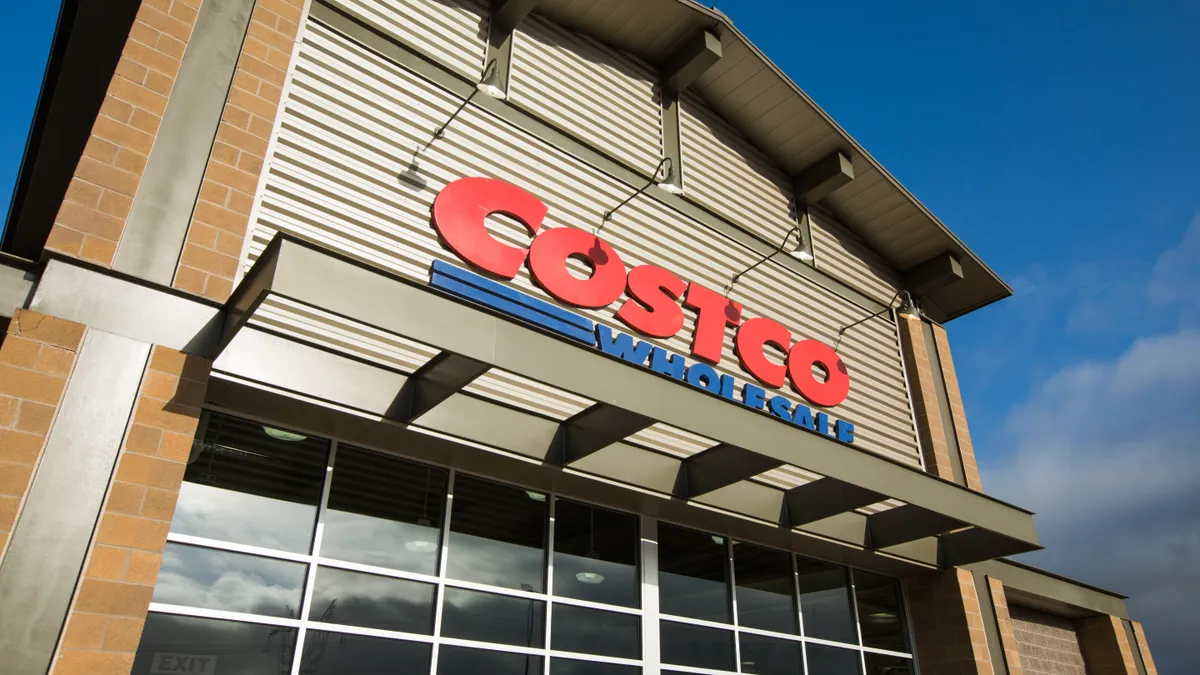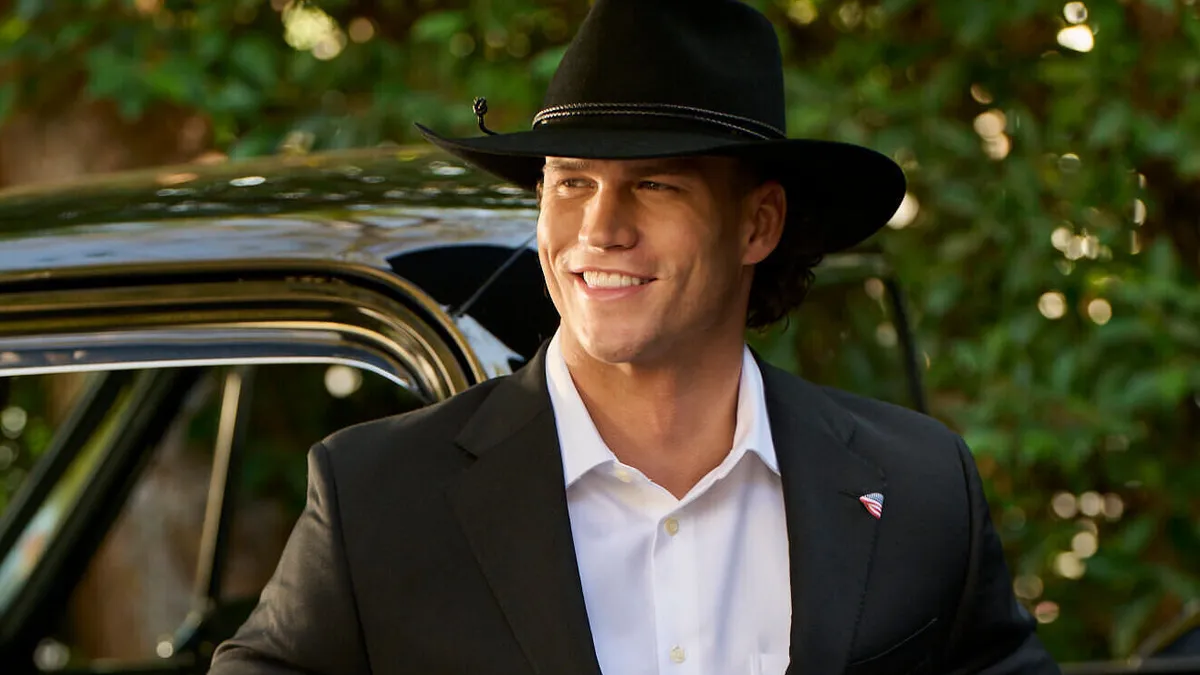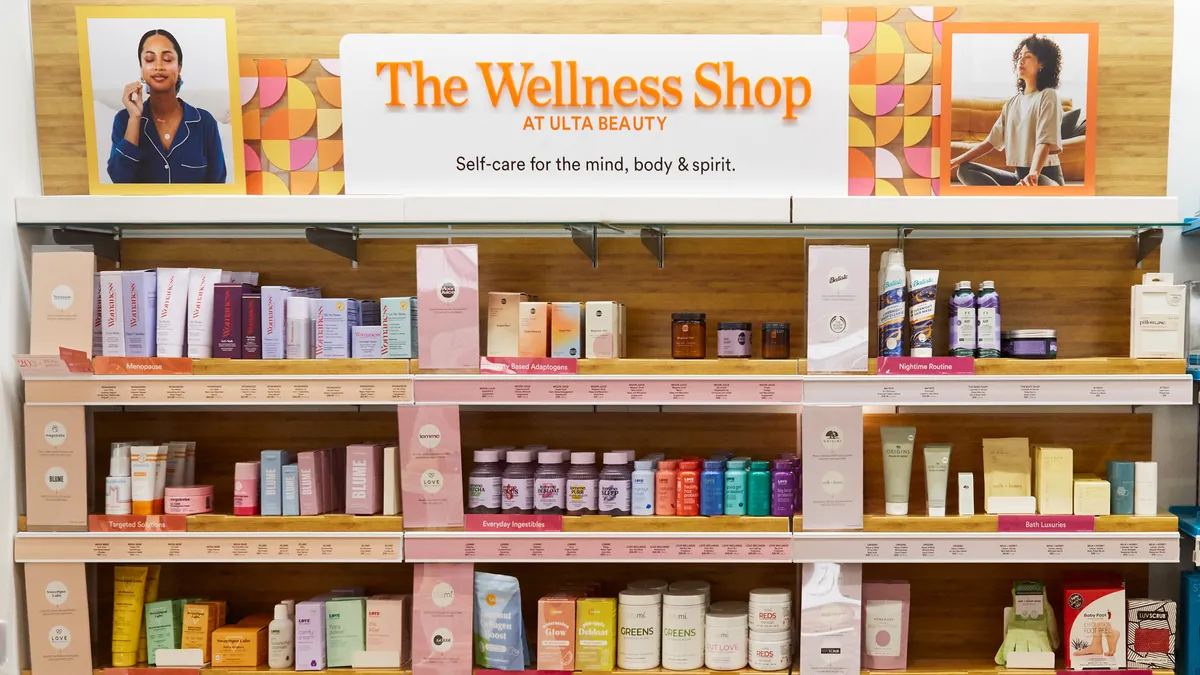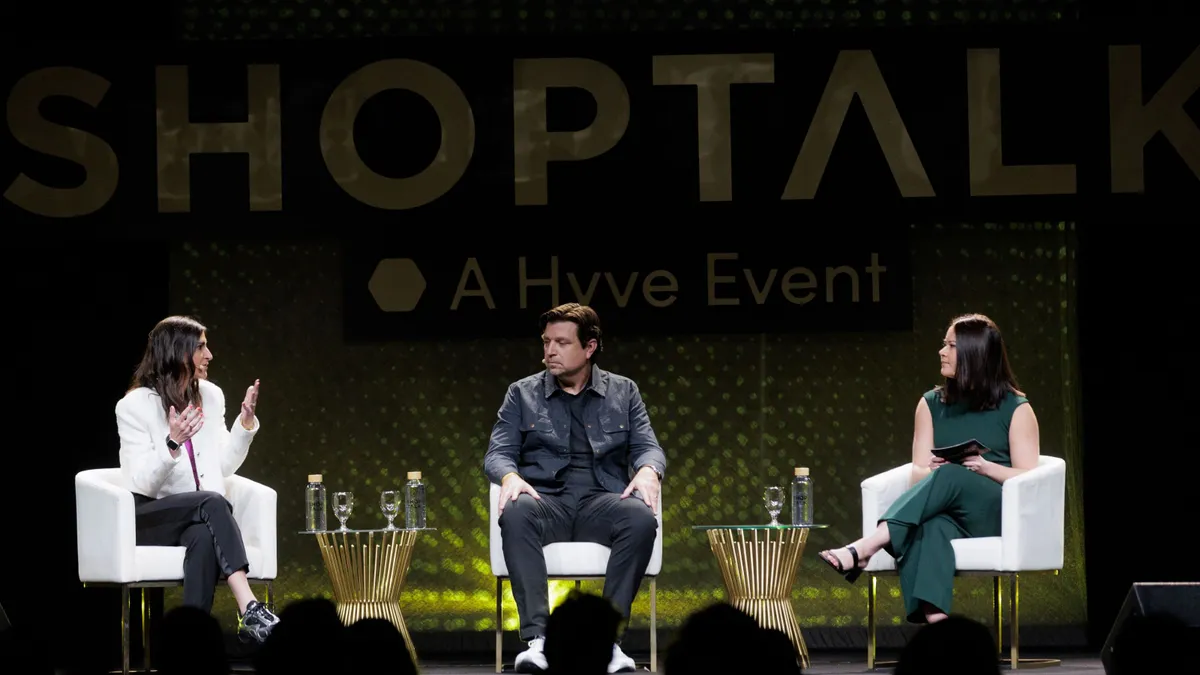It's more common to find a struggling retailer than one that's comfortably surviving, let alone thriving.
While a good portion of retailers could be classified as "penny stock," with some companies like Pier 1, J.C. Penney and Ascena even receiving threats of stock exchange delisting for trading below the requirements, Costco has been trading well above $200 since January, with it teetering around $300 more recently. The club retailer also isn't facing massive store closures. While some other players, namely mall-based retailers, overexpanded and are now contracting, Costco has opened new warehouses at a steady pace.
Macy's parent company Federated (which was later renamed) in 2005 operated a whopping 950 department stores and about 700 bridal and formalwear stores, which ultimately may have adversely affected the department store. Meanwhile, Costco operated some 338 warehouses at the end of fiscal year 2005 in the United States. Macy's has since shrunk its footprint to 867 stores, while Costco has steadily expanded to 533 U.S. locations at the end of fiscal year 2018.
The club retailer knows what it's doing, and it's consistent, Moody's Vice President Charlie O'Shea told Retail Dive in an interview. Consequently, the company has flown under the radar of many investors. "The performance has been so predictable and so solid," he added.
The power of Kirkland Signature
Costco's Kirkland Signature brand could be considered the poster child for a well-performing private label. "The private label is meaningful, and is as good as there is anywhere in retail," O'Shea said.
Kirkland accounted for 27.5% of company sales in 2018, which is well above the industry average of 17%, according to a recent Coresight Research report emailed to Retail Dive. The brand also brought in $39 billion in sales that same year. To put that into perspective, that's more than every major department store's annual sales that year: Macy's ($25 billion), J.C. Penney ($11.7 billion), Kohl's ($19.2 billion), Nordstrom ($15.5 billion). Sales for the Kirklands label grew more than 10% in 2018, according to Coresight, which was slightly above sales growth for all of Costco's merchandise.
A key part of Kirkland's success is the fact that quality isn't sacrificed as a result of it being private label, according to Tim Campbell, principal analyst at Kantar Consulting.
"Transformation of private label over the past several years has been a shift in the shopper's mind, and in the corresponding retail strategy, from basically saying, 'It's a cheaper price and I'm willing to get a worse product, or at least a non-branded product, since it's a cheaper price, and that appeals to me,'" Campbell told Retail Dive in an interview. Now, Campbell said, consumers are willing to pay more for a private label because they like the brand just as much, if not more, than the name brand.
Though many retailers are concerned about the possibility of another recession in the near future, Costco may benefit from one because, as Coresight notes, more consumers shop for private labels during times of economic uncertainty. In fact, the retailer has fared well in the face of economic headwinds in the past.
"What we saw during the recession was people had memberships," O'Shea said, adding that consumers were "trying to squeeze even more out of them."
Costco has seen consistent membership growth, even between 2007 and 2009 when The Great Recession hit. The club retailer reported a membership base of 94.3 million at the end of fiscal 2018.
Something that also works particularly well for club retailers is that they spark a "treasure hunt" feel for consumers when shopping, Campbell said. Rather than stocking hundreds of thousands of items, club retailers — especially Costco — stock just a couple thousand. Consumers feel they have the "inside track" to the best merchandise available and have access to goods not easily available without a membership.
"Costco typically has a lot of items before other retailers or even other channels get them," Campbell said. "They have a lot of items that are exclusive to Costco."
Additionally, Costco moves through its merchandise relatively quickly. While it hasn't necessarily doubled down on its e-commerce business like some of its peers have (namely Sam's Club with its use of apps and in-store pickup options), it uses digital to keep excess inventory in stores at bay. For large or slower moving items, Costco uses its website to sell these products in order to prevent markdowns, something that many retailers are forced to do with their slower-to-sell merchandise.
The secret to club model success
So why does a store that has packages stacked sky-high and sells 64-oz. jars of mayonnaise perform so well?
When "you go to Costco, you don't expect marble floors, you don't expect Neiman Marcus, you don't expect a string quartet in the lobby," O'Shea said. "You get what you pay for. You get no frills, low prices."
Unlike many players in the industry, club retailers don't rely on margins. Rather, they rely on memberships, and focusing on growing their base. One way to get new consumers to sign up and to get current members to renew their memberships is by offering low prices on key items that other retailers can't compete with.
"They're even willing to lose money on certain items," Campbell said. "They essentially make nothing on the rotisserie chickens. They do that because they see it as traffic drivers."
Costco went all-in to make sure its rotisserie chickens remained at $4.99, even when competitors raised their prices. When the bird flu outbreak caused prices to rise on chicken, Costco took a $30 million to $40 million profit hit just to ensure the price of its rotisserie chickens would remain unchanged, according to the Wall Street Journal. In fact, Costco in 2017 announced plans to build a chicken-processing plant in Freemont, Nebraska, which recently opened, in order to have total control over its poultry supply chain.
"[When] you go to Costco, you don't expect marble floors, you don't expect Neiman Marcus, you don't expect a string quartet in the lobby. You get what you pay for. You get no frills, low prices."

Charlie O'Shea
Vice President, Moody's Investors Service
Walmart in April announced it is launching its own end-to-end supply chain for part of its Angus beef, though it's not quite as ambitious as Costco's chicken plans.
"They're not afraid to try something and have it fail," O'Shea said. "If you don't fail, you're not trying."
Club retailers as a whole perform relatively well compared to much of the industry, though Costco is in a league of its own when it comes to its finances. The retailer — which still reports monthly sales results, something that's no longer common among retailers — posted net sales for the month of September that increased 5.6% year over year to $14.41 billion.
Comparatively, Sam's Club reported net sales increased 1.8% to $15 billion for the three months ended in July, and BJ's Wholesale posted net sales of $12.7 billion for the entire fiscal year 2018.
Though Sam's Club's revenue pales in comparison to that of Costco, parent company Walmart — the largest company in the world on that measure — is still towering high over the club retailer. And that's OK, Campbell said.
"I don't think a shopper thinks that it's either 'I'm going to go to Walmart' or 'I'm going to Costco,'" he added. Consumers will go to Walmart and Costco for different reasons, one for a lot of necessities perhaps, and one for the treasure hunt experience, "to kind of see what they find." There's significant overlap in customers between the two retailers and it continues to grow. According to data emailed to Retail Dive from Earnest Research, 88.7% of Costco customers in September 2019 also made a purchase at Walmart (excluding the mass merchant's sub-brands). This represents a slight increase from September 2017 when 88.3% of Costco customers also made a purchase at Walmart.
Nevertheless, Costco continues to dominate within its category and makes a strong case for itself as being one of the top retailers in the United States right now.
"Costco provides value," O'Shea said. "The model, the offerings. Everything resonates with the consumer."






















